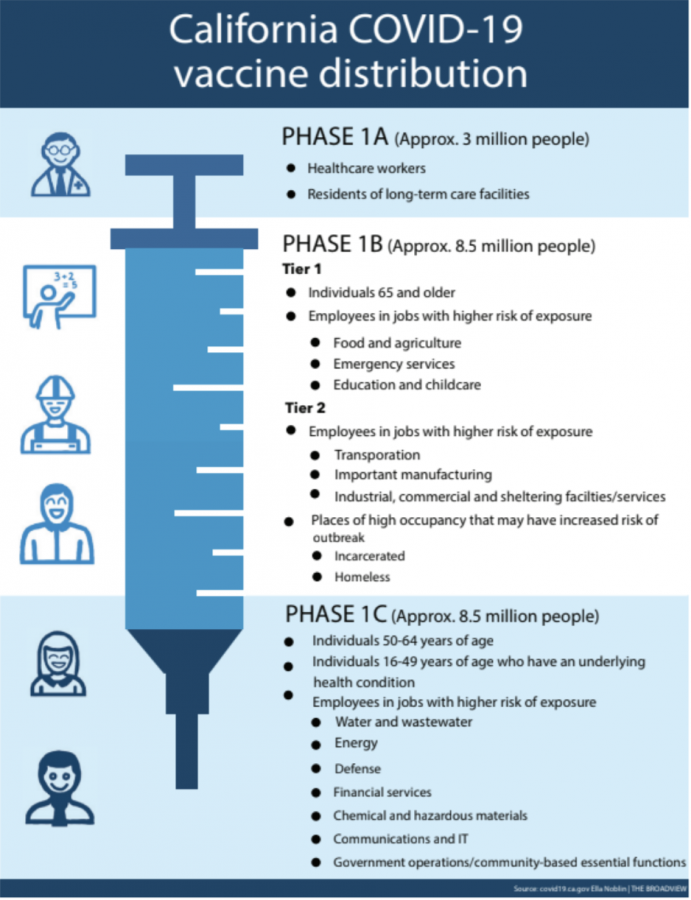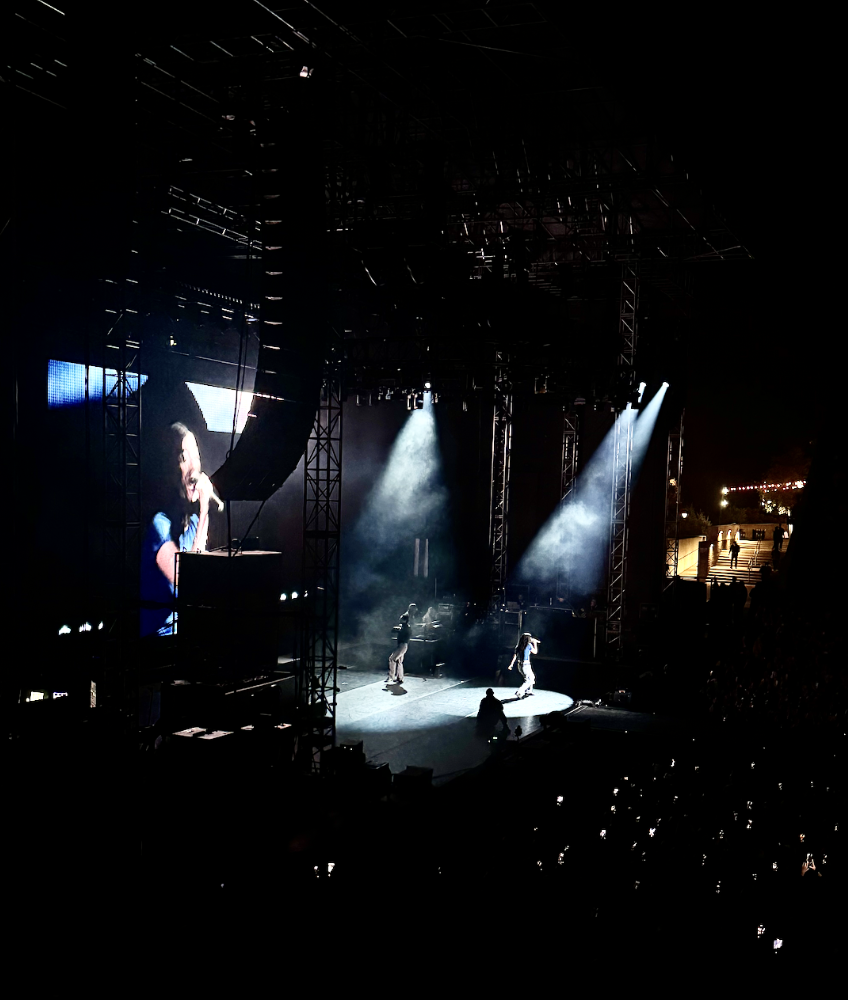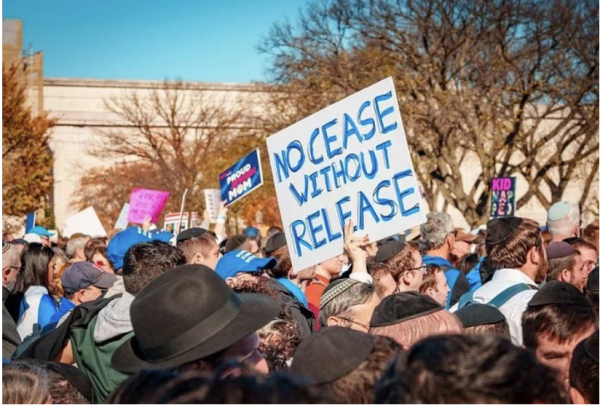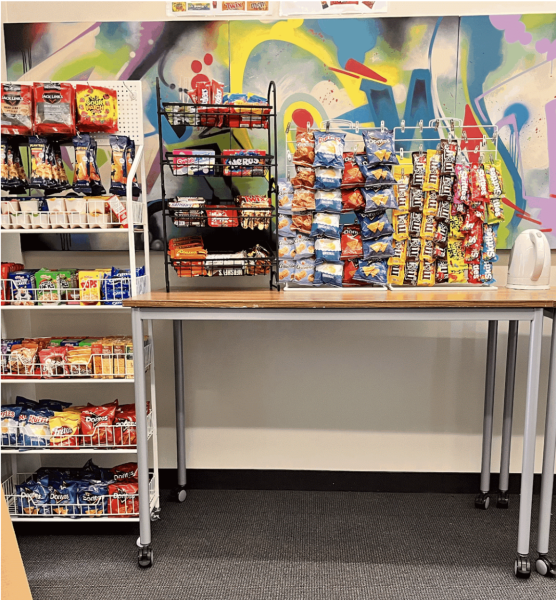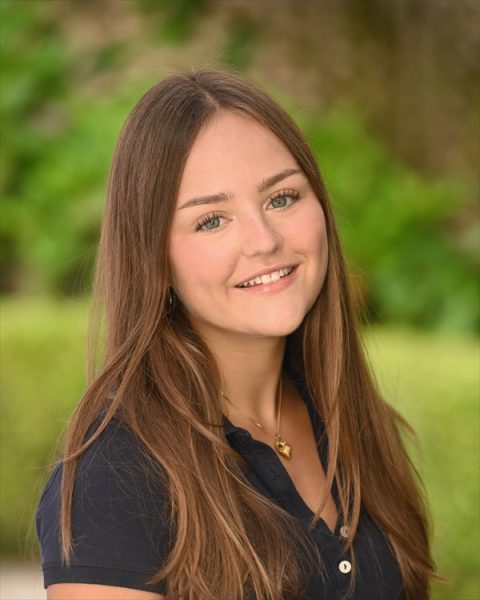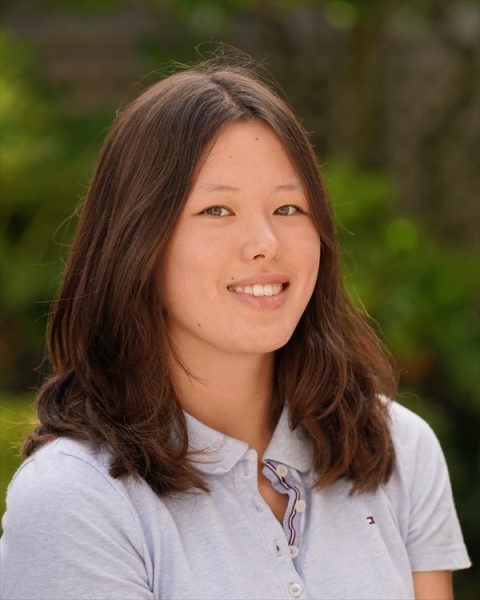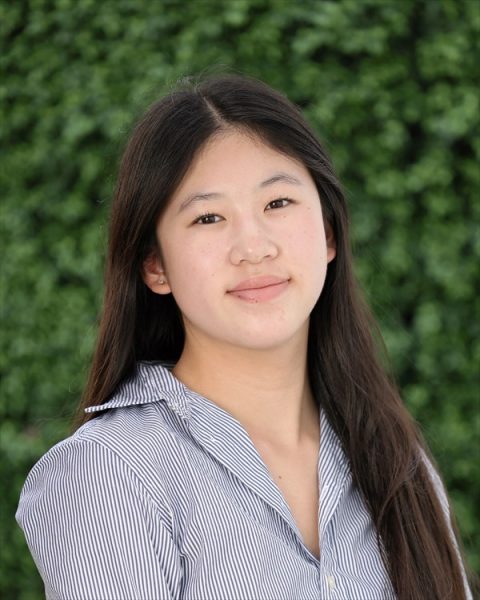California broadens vaccine distribution
Vaccine rollout is an important first step in restoring a sense of normalcy
February 19, 2021
A year after the discovery of the first COVID-19 case in the United States and over 2.4 million COVID-19 related deaths worldwide, California began distributing vaccines in December, allowing several community members who are healthcare workers or 65 years of age to be vaccinated.
Both of the current COVID-19 vaccinations must be administered in two doses, two to four weeks apart. Those not in high-risk and essential groups may not have access to the vaccine until summer and fall, but residents can sign up for a notification system at the California Department of Public Health website that immediately communicates eligibility.
“I definitely feel more comfortable after seeing my mom get the vaccine,” junior Donnalie Yap said. “Since she was one of the first people in the Bay Area to receive it, I initially was a little concerned about any adverse side effects, however, after her two doses, she has been perfectly healthy. Once it is widely available, I plan to get the vaccine.”
Although vaccines like polio, chickenpox and measles are required to attend school in California, some families opt out with medical exemptions, although they can be difficult to acquire.
“In order to protect everyone else — including students and teachers, — we should all get vaccinated and continue wearing masks, wash hands, social distance and avoid crowds,” Dr. Josephine Yap, junior Donnalie Yap’s mother, said. “While the vaccines are not available for all ages as of now, I hope that it will be soon so that in-person learning will be safer.”
Whether or not Convent & Stuart Hall will require faculty, staff and students to be vaccinated has not been decided, according to school nurse Katie Coleman.
“Policy and protocol are still being created around the ever-changing nature of this pandemic,” Coleman said. “For those who choose not to get vaccinated, it may be the case that those individuals are asked to wear masks.”
In addition to wearing masks, vaccinated faculty and staff members will likely follow protocols that are currently in place, such as hand hygiene and weekly testing, according to Coleman.
“I would say 99% of the people I’ve spoken with are very much wanting to get the vaccine,” Coleman said. “Many people are contacting their physicians, and completing city and county sponsored surveys in order to be placed on waiting lists to receive the vaccine.”
In order to provide visibility and ease anxiety around individual vaccinations, The New York Times worked with the Surgo Foundation and Ariadne Labs to create “Find Your Place in the Vaccine Line.” This interactive graphic uses age, health risks and county of residence to calculate where each individual fits within this path towards vaccination.
“I highly recommend that all who can receive vaccines to do so as fast as possible,” Dr. Alexander Levy, who works in internal medicine at Kaiser Permanente said. “We do not have a legal framework to require vaccination, but ethically, we should encourage everybody to get vaccinated to protect people around us.”
Mass vaccination sites opened in the Bayview neighborhood, City College of San Francisco and the Moscone Center. Due to vaccination shortages, distribution at the Moscone Center will pause for a week depending on access to supplies, and City College will only reopen for second dose vaccinations on Feb. 19, according to the City and County of San Francisco.
“It’s been a month and the only side effects I experienced on my first day were muscle pain, tiredness and back ache, and now I can say that I feel more comfortable for my family members to get vaccinated as soon as possible,” Dr. Yap said. “I found the process to be no different than if I were to get a regular flu shot.”
The Centers for Disease Control and Prevention expanded Tier 1 of Phase 1-B to include those working in education. Even though teachers in California should be receiving the vaccines in the next few weeks, neither vaccine has been approved for children under the age of 16. While California has established general guidelines for administering the vaccine, individual counties may enforce their own protocols.
“I would feel safer if a majority of us were vaccinated,” Donnalie Yap said. “I haven’t been using any of the notification apps as of now, but as the vaccine starts becoming more available to the public, I most likely will. I think they can be helpful for teens to stay informed about when they can receive the vaccine and plan with their families.”



